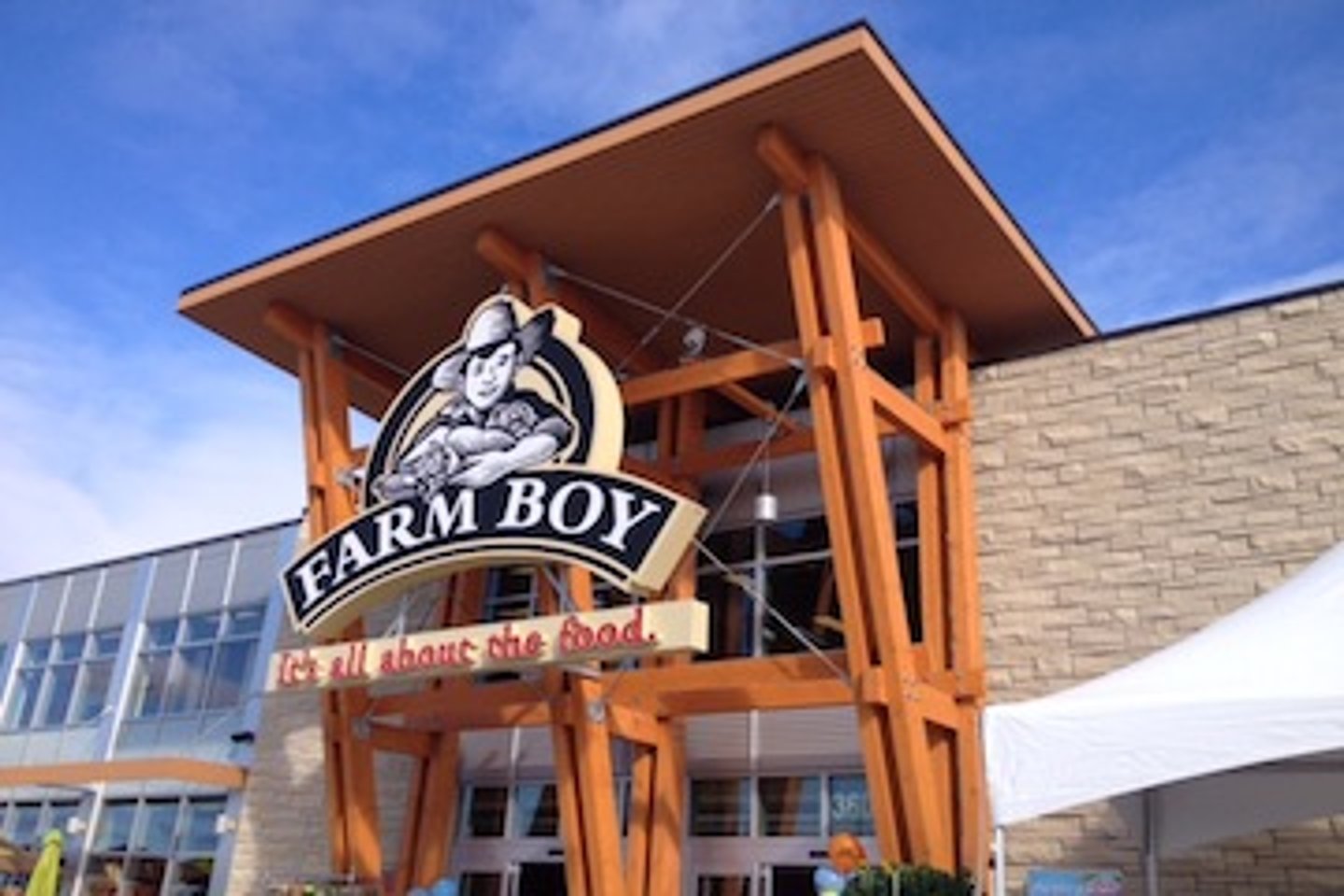Farm Boy is tops in customer experience: Survey
Farm Boy delivers the best grocery customer experience in Ontario--for the second year in a row--according to research from Leger.
Leger’s WOW Index evaluates retailers across 16 key customer experience criteria such as product quality and variety, pricing, service, store layout, and building customer loyalty. Each retailer is given a score out of 100.
Farm Boy earned a 77.7, while Your Independent Grocer was just behind at 76.8, followed by Longo’s (70), Sobeys (68.7)and Whole Foods (68.3) rounding out the top five.
“Farm Boy tends to be clear about who they are and what their offer is. That clear positioning combined with them being a ‘local business’ seems to resonate with shoppers,” said Michelle Carter, senior vice-president at Leger. “The customer experience is also very consistent for shoppers.”

That consistent experience has long been a core tenet of the Farm Boy model, even as it has undergone rapid expansion in the past few years.
“
READ: Farm Boy’s Jeff York on mega growth and succeeding in fresh
And York has long rejected any suggestions about self-checkout, insisting human interaction is an essential part of the Farm Boy experience.
“You should be thanked when you leave the store and they should smile and they should put it in a bag when you leave,” he said at a Retail Council of Canada event last year. “That’s just common courtesy.”
READ: Farm Boy’s Jeff York talks automation and real estate at RCC event
And when Empire bought Farm Boy last year, both leadership teams went out of their way to ensure shoppers the Farm Boy experience would not change.
“We do not want to ruin the magic of Farm Boy by trying to integrate them,” said Empire CEO Michael Medline.
READ: Empire deal to fuel aggressive Farm Boy expansion
In terms of larger trends shaping grocery retail, Carter said a few years ago, there were two primary factors driving customer experience: pricing and store affinity—how comfortable people felt in the store.
“Today, pricing is still the number one driver for customer experience and store affinity is second, but we are starting to see customers looking at product quality and variety, store ambience and a little more for innovation—so let me try new products.”
At the other end of the rankings, one of the common issues is inconsistent experience across stores, said Carter. “When we refer to inconsistent customer experience we’re talking about things like seeing service levels differ from one employee to another within the same store, variation in employee competency, longer wait times, inability to address unique shopper needs, etc.”

